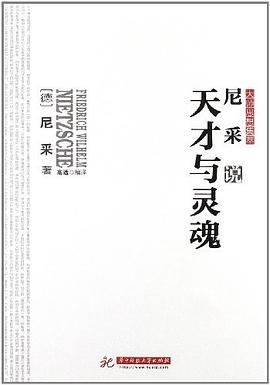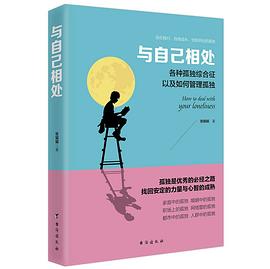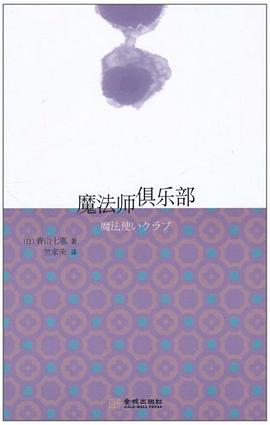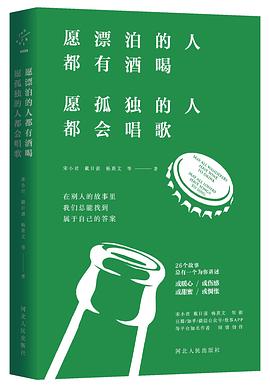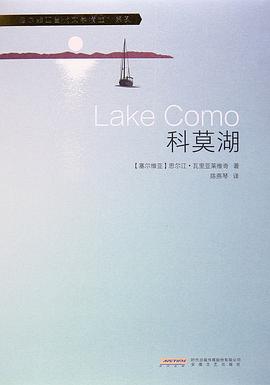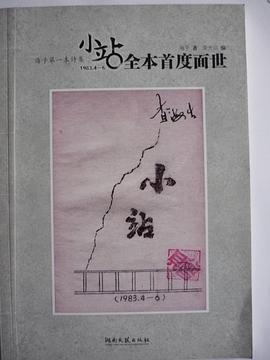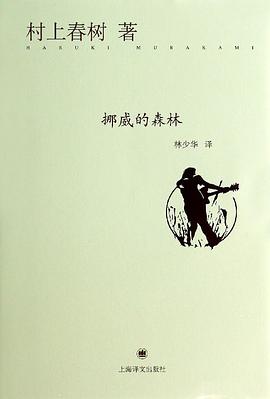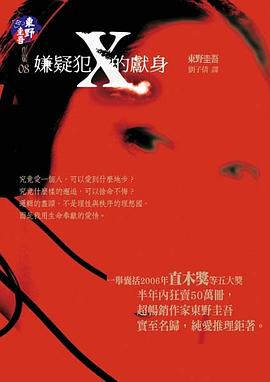
Ghosts of the Tsunami pdf epub mobi txt 電子書 下載2025
- 日本
- non-fiction
- 社會學
- 英文原版
- 災難
- 非虛構
- 311地震
- 日本社會
- tsunami
- ghosts
- disaster
- history
- mythology
- survival
- memory
- trauma

具體描述
On 11 March 2011, a massive earthquake sent a 120-foot-high tsunami smashing into the coast of north-east Japan. By the time the sea retreated, more than 18,500 people had been crushed, burned to death, or drowned.
It was Japan’s greatest single loss of life since the atomic bombing of Nagasaki. It set off a national crisis, and the meltdown of a nuclear power plant. And even after the immediate emergency had abated, the trauma of the disaster continued to express itself in bizarre and mysterious ways.
Richard Lloyd Parry, an award-winning foreign correspondent, lived through the earthquake in Tokyo, and spent six years reporting from the disaster zone. There he encountered stories of ghosts and hauntings. He met a priest who performed exorcisms on people possessed by the spirits of the dead. And he found himself drawn back again and again to a village which had suffered the greatest loss of all, a community tormented by unbearable mysteries of its own.
What really happened to the local children as they waited in the school playground in the moments before the tsunami? Why did their teachers not evacuate them to safety? And why was the unbearable truth being so stubbornly covered up?
Ghosts of the Tsunami is a classic of literary non-fiction, a heart-breaking and intimate account of an epic tragedy, told through the personal accounts of those who lived through it. It tells the story of how a nation faced a catastrophe, and the bleak struggle to find consolation in the ruins.
著者簡介
Richard Lloyd Parry was born in north-west England, and has lived since 1995 in Tokyo, where he is the Asia Editor of The Times newspaper of London. He has reported from twenty-eight countries, including Afghanistan, Iraq and North Korea. In 2005, he was named the UK's foreign correspondent of the year. He has also written for Granta, the New York Times and the London Review of Books.
圖書目錄
讀後感
“有时候,即使我们在现场挖掘寻找尸体,也会聊天,也会为了什么事情大笑。但紧接着,我们又会因为有人看见我们的笑容而感到不自在。”———这是整本书让我觉得最触动的文字。 欧美文化宣扬个性情绪的表达,亚洲更多的是克制与隐忍。作者也在书中表达“我受够了日本人接受现实...
評分 評分看这本书的过程其实很艰难,首先是感情上的冲击,一些学生家长说的话,就是那种让人心里非常难受的真实。其次是阅读顺序从时间线上来讲有些过于跳跃,作者是优秀的记者,观察者视角非常容易让人进入到他所见的情景中去,但是从一整本书的个人观感出发,对一个事件的还原,采用...
評分2011年3月11日,地震发生约五十分钟后,黑色的海水逆流延新北上川袭来,一波接一波的巨浪吞噬了距离河口约五公里的宫城县石卷市大川小学。海啸发生时有七十八个孩子在校,其中七十四个孩子遇难,当时在校内的十一名老师中有十人不幸遇难。 图片来源:富士电视台 “大川小学孩子...
評分这起案件没有侦探,甚至可能也没有明确的凶手。唯一展现在眼前的就只有受害者,和幸存者们痛苦的,持久的受难。 这是已知在日本发生的最大一次地震,也是地震学历史上严重程度排到第四的一次强震。它的猛烈冲击使地轴偏移6.5英寸,也让日本向美洲大陆移动了13英尺。而在随之而...
用戶評價
周末聽完的災難非虛構,也是試圖更好地消化新冠百態的“自救”讀物之一。熟悉的官方甩鍋操作配方和難得“憤怒”和不再忍耐的日本傢長,過於真實的海嘯後續描寫,令人潸然淚下的父母“尋找”孩子之路。自然也是頻頻想起08年的汶川大地震和無法問責的憤怒,想起09年去北川的時候被某幸存的老師帶去北川老縣城一遍遍講述當時發生事情的強烈情緒。通過描寫亡靈對話而實現的對生死的探討以及對日本官僚主義的幽靈的描述很到位。最佩服的是作者能跟著受難者一起追蹤這個事件那麼久。
评分這種習慣性的堅忍到底會成就人們還是毀滅人們 心疼逝去的孩子們 更心疼留下來的父母 同時也擔心著 中國有多少學生甚至沒有一本救生指南和真正起效的疏散演練啊
评分周末聽完的災難非虛構,也是試圖更好地消化新冠百態的“自救”讀物之一。熟悉的官方甩鍋操作配方和難得“憤怒”和不再忍耐的日本傢長,過於真實的海嘯後續描寫,令人潸然淚下的父母“尋找”孩子之路。自然也是頻頻想起08年的汶川大地震和無法問責的憤怒,想起09年去北川的時候被某幸存的老師帶去北川老縣城一遍遍講述當時發生事情的強烈情緒。通過描寫亡靈對話而實現的對生死的探討以及對日本官僚主義的幽靈的描述很到位。最佩服的是作者能跟著受難者一起追蹤這個事件那麼久。
评分海嘯親曆者們的迴憶讓我潸然淚下
评分一個很好的例子,天災往往是人禍。明明孩子是可以避過海嘯的,但卻因為學校對災難應對的疏忽和老師sb而幾乎全死瞭。之後教育局、校長和唯一倖存的老師都逃避責任,始終沒有承認疏忽。但另一方麵,也是日本人那種聽話守紀律的性格害死瞭自己。作者忍不住錶達自己的看法,認為日本需要憤怒、有決斷、敢於打破常規和敢於鬥爭的人。這對中國很有藉鑑意義。中國人也一樣,聽話不反抗,能忍耐埋藏憤怒,而且容易好瞭傷疤忘瞭疼,得過且過,所以災難纔一次又一次重現。人類世界在走下坡路,因為我們依然墨守成規,不願意改變和平年代的安逸思路。但地球已經在報復已經在改變瞭。。。
相關圖書
本站所有內容均為互聯網搜索引擎提供的公開搜索信息,本站不存儲任何數據與內容,任何內容與數據均與本站無關,如有需要請聯繫相關搜索引擎包括但不限於百度,google,bing,sogou 等
© 2025 book.quotespace.org All Rights Reserved. 小美書屋 版权所有


